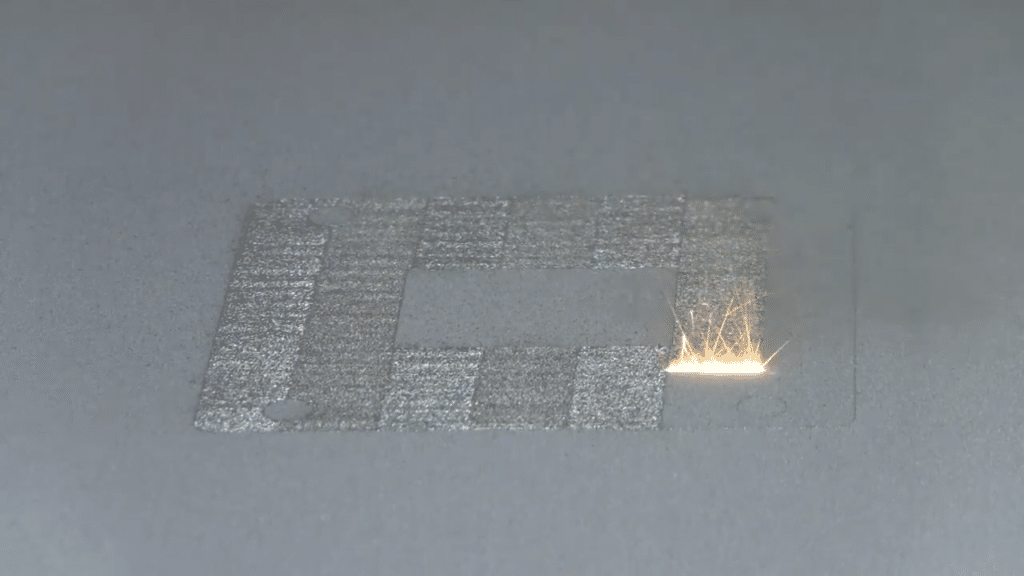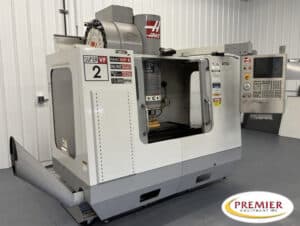
Researchers have successfully developed a way to 3D print one of the strongest stainless steel alloys, and keep it strong. Until now, the production of such critical components for industries such as aerospace and nuclear power has been hindered by the need for expensive and complex manufacturing systems.
The Material: 17-4 PH Stainless Steel
Precipitation hardening (PH) 17-4 stainless steel, which offers outstanding strength and corrosion resistance, has been a staple in manufacturing critical parts for airliners, cargo ships, and nuclear power plants for many years. But industry has struggled to 3D print this alloy consistently while maintaining its desirable characteristics.
The Research Breakthrough
A breakthrough solution was developed by a collaborative effort between the National Institute of Standards and Technology (NIST), the University of Wisconsin-Madison, and Argonne National Laboratory. Specific 17-4 steel compositions that, when 3D printed, match the properties of conventionally manufactured versions were identified by the research team.
Advanced Methodology
To collect high speed data on the printing process, the researchers used high energy X rays from a particle accelerator. By observing the rapid shifts in the material’s crystal structure as it printed, in milliseconds, this innovative approach allowed them to.
The team mapped out how the crystal structure changed throughout the printing process, using synchrotron X-ray diffraction (XRD). By using this insight, they were then able to fine tune the alloy’s composition, to achieve a consistent martensitic structure, essential for the steel’s strength.
Manufacturing Implications
This development has significant implications for manufacturers of 17-4 PH parts:
- Cost Reduction: Possibly, 3D printing can reduce production costs.
- Increased Flexibility: Now manufacturers can start to think about 3D printing for more applications.
- Streamlined Process: Printing some compositions led to the formation of strength inducing nanoparticles, eliminating the need for post processing heat treatments.
Broader Impact
The approach of the research team is not limited to 17-4 PH steel. The XRD based method could be used to optimize other alloys for 3D printing and to develop computer models to predict the quality of printed parts.
Future Prospects
This breakthrough significantly lowers the barrier to commercial use of 3D printed 17-4 PH steel. If the compositions identified in this study are followed, manufacturers should be able to print 3D structures of comparable quality to conventionally manufactured parts.
This development is a major step towards expanding the range of high performance materials available for 3D printing as additive manufacturing develops. This opens up new possibilities for industries with the need for strong, durable and corrosion resistant components and could change manufacturing processes in many industries
Check out our used CNC machine inventory, Updated daily with the right machine for your shop.
Resources & Sources
- https://www.thomasnet.com/insights/3d-printing-strongest-stainless-steel/
- https://www.nist.gov/news-events/news/2022/09/researchers-uncover-how-3d-print-one-strongest-stainless-steels
- https://www.tctmagazine.com/additive-manufacturing-3d-printing-news/metal-additive-manufacturing-news/researchers-develop-process-that-allows-3d-printing-of-one-o/
- https://www.eurekalert.org/news-releases/1060938



